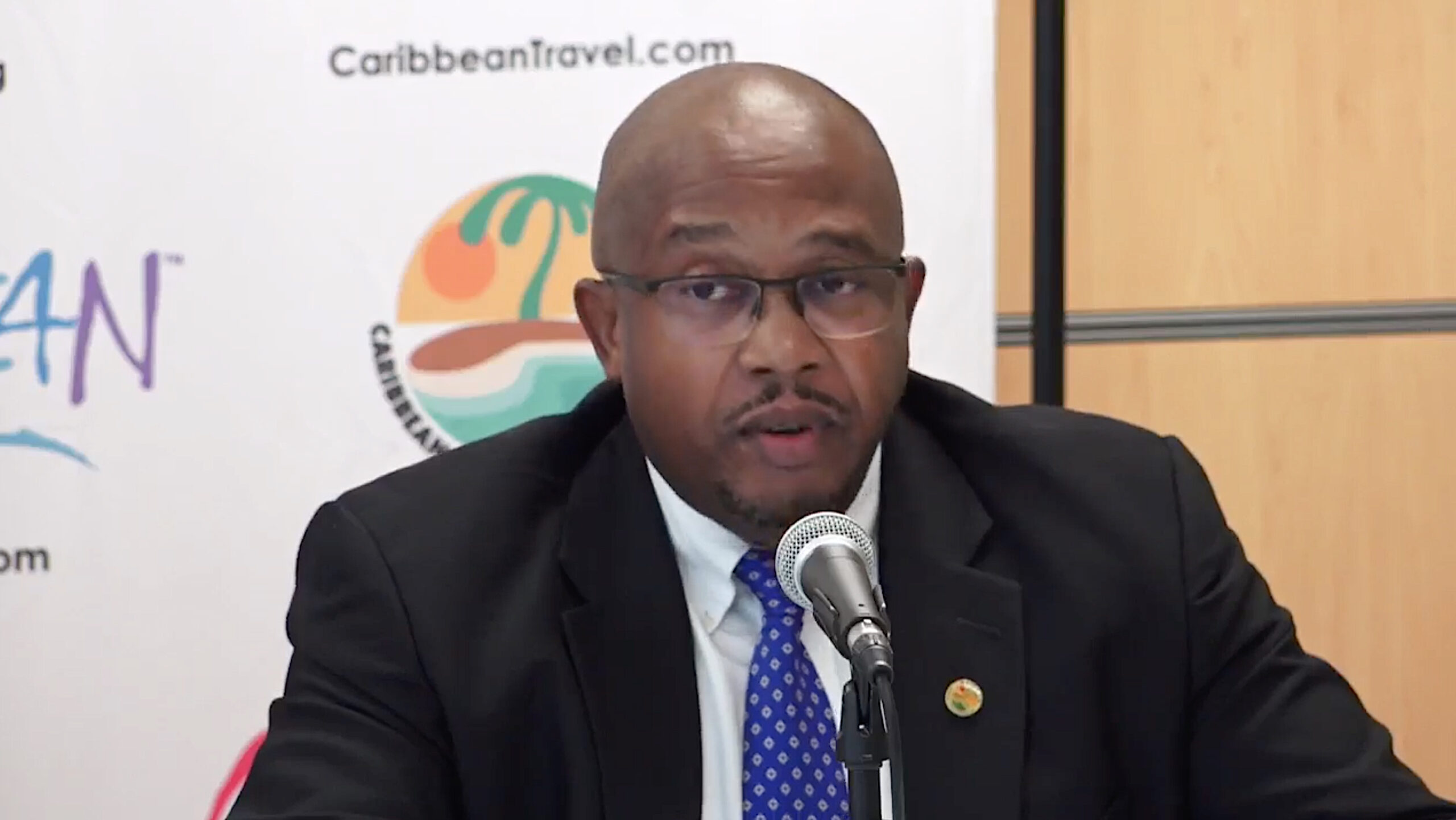
The U.S. Virgin Islands and the rest of the Caribbean weathered tourism’s pandemic slowdown far better than other destinations, posted robust 2022 numbers, and are poised for a strong 2023 tally, tourism officials said Wednesday, adding the USVI “crushed” it.
The Virgin Islands and five other West Indies destinations actually topped their pre-pandemic 2019 numbers of total arrivals in 2022, said Neil Walters, acting secretary general of the Caribbean Tourism Organization during a press conference in Barbados Tuesday.
“The Caribbean was one of the regions with the quickest recoveries globally in 2022,” Walters said. Not only was there increased growth in every month of 2022 compared to 2021, there was also a gradual return toward 2019 levels, which was an indication of ongoing improvement.”
Several factors helped the Virgin Islands excel in 2022 and even COVID-plagued 2021, USVI Tourism Commissioner Joseph Boschulte said Wednesday.
The territory was largely open to tourists in 2021, it was well known to U.S. mainland travelers who didn’t need to leave the country to visit, and the Virgin Islands had robust tourism products open: bars, restaurants, and short-term rental accommodations.
“2021 was a banner year for us in the USVI but we understood this was a unique situation,” Boschulte said. “Then you move to 2022 — banner year again for the USVI, crushing.”
The territory, which rejoined the 25-member CTO in January after a six-year absence, joined St. Maarten, the Turks and Caicos, Puerto Rico, the Dominican Republic, and Curacao in surpassing pre-pandemic tourist arrivals in 2022.
The numbers can be a little tricky, however.
The Caribbean accounted for 3.1 percent of all tourism arrivals globally, which is down one percentage point from its record high mark of 4.1 percent in 2021, when much of the world shunned tourism, Walters said, using data from the World Tourism Organization.
Likewise, the U.S. Virgin Islands actually hosted 3.2 percent fewer overnight visitors than it did in 2021 when it was a U.S.-flagged alternative to pandemic-regulation limited international travel. Regionally, only turmoil-beleaguered Haiti did worse with overnight visitors in 2022 when compared to 2021.
“We expected that we would not be able to hold the 2021 numbers,” Boschulte said.
Throughout the Caribbean, all significant hotel performance sectors increased, Walters said.
In 2021, Caribbean hotels posted a meager 4.4 percent occupancy. In 2022, that shot up to 60.7 with a daily average room rate increasing by 21.7 percent to $290.60. As a whole, visitors to the Caribbean spent as much as $37.5 billion in 2022, an increase of as much as 75 percent over 2021.
Boschulte said the Virgin Islands was in the Caribbean’s top three for room rates during the pandemic, trading ranking with Anguilla and St. Barths. With more destinations open and potentially new hotel capacity coming online this year, the rates may need to fall a bit to stay competitive.
The Caribbean as a whole, including traditional regional boundaries as well as Cancun, Cozumel, Suriname, and Guyana, welcomed 28.3 million tourists in 2022, a 52.4 percent increase over 2021. The mark is 88.6 of the 2019 baseline. More than half of the 2022 visitors came from the U.S. mainland.
“These results reflect 93.3 of the visitors from this market in 2019 and the highest recovery from any market visiting the region,” Walters said.
The market that lagged behind furthest was Canada. Europe rebounded second-most quickly, bringing 5.2 million people to the Caribbean in 2022 — an 81 percent increase over 2021 when 2.8 million visited.
Cruise arrivals rebounded sharply in the northern Caribbean in 2022, where 6.5 million cruise passengers arrived — six times those of 2021 and 91.9 percent of the pre-pandemic levels.
“These destinations benefited from their proximity to the main homeports for cruise lines,” Walters said.
As a whole, the Caribbean hosted 19.2 million cruise passengers in 2022, five times the 2021 numbers but well short of the 30.4 million record set in 2019.
After 18 months with no cruise ships, Boschulte said passenger arrivals in the Virgin Islands are predicted to leap beyond 2019’s level, hitting some 1.8 million. Two factors led to the expected surge: St. Croix receiving roughly 150,000 passengers in 2023 rather than the usual 50,000, and the ships returning to full capacity sooner than expected. Most ships are arriving at 90 percent capacity or above — levels many analysts didn’t predict until late 2023.
While the number of ships arriving is important, the number of people on the ships better indicates the amount of money a community can expect to reap. That money goes well beyond the head tax a cruise line pays on each passenger stepping off the ship. It extends to what the passengers spend while ashore and how the service providers — tour operators and taxi drivers and shopkeepers — spend those riches. These indirect dollars are often lost in accounting of tourism’s impact.
Both Walters and Boschulte were bullish on the Caribbean’s 2023 outlook.
“When compared to 2022, it is expected that overall arrivals to the region will increase by between 10 and 15 percent. This meant that between 31.2 and 32.6 million tourists can be expected to visit the region this year. Thus, tourist arrivals this year might surpass pre-pandemic levels,” Walters said.
He estimated as many as 33 million cruise visits to the region in 2023, which would be well beyond the 2019 pre-Covid baseline.


